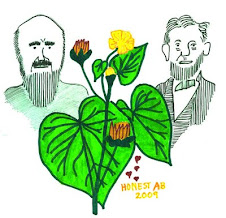Part of the message of the Christmas season is “Peace on Earth, Goodwill toward Men.” But is this even remotely imaginable?
Yes, it is.
As shown in a video [https://youtube.com/shorts/D4GB35JCuzE?] I have just posted, war raged between what is now France and what is now Germany for millennia until 1945, when Nazi Germany was defeated. Today, no two countries are as closely allied with one another as are France and Germany. Today, war between them is unthinkable (as well as illegal). How did this happen?
First, the country (Germany) that wanted to conquer and assimilate the other (France) had to be humiliated into abject surrender. Second, the two countries had to make the deliberate decision to cooperate, and to resolve any and all tensions through constructive negotiation rather than war. And that is what France and Germany have done. Not only them, but all of the other couple of dozen nations that make up the European Union, which is a unique accomplishment of the work of peace in human history.
The result of the European Union has not been assimilation. Neither France nor Germany assimilated the other. The French still have their own language and culture, and the same is true of Germany. As shown by the statues in the video, France and Germany are saying the same thing (“I give, you give, we live”) in their own languages. They have the same objectives, each in their own cultures.
As I also explain in the video, this has not been the case in the United States, with regard to the Native American nations. The white culture of the United States has conquered the Native nations and imposed its culture and language on them. There is no mutually respectful meeting of cultures. Many tribes, such as the Cherokee tribe of which I am a member, maintain cultural identity, but it has little practical meaning in governance or the economy.
Two cultures can mutually benefit one another if they cooperate and share objectives, while maintaining their distinction. This happened with the European countries, but not with white and Native America.
Donald Trump has declared that Europe is weak, Putin is strong, and that it is stupid for America to help Ukraine remain independent. Putin represents all the worst in assimilation; he wants to obliterate Ukrainian culture and identity, and make Ukraine into a colony that provides cheap goods and labor to Russia. And, according to Trump, it is stupid for us to help Ukraine to resist this. Putin wants to do (as Russia did under the communists) to Ukraine what white America has done to the Native nations. But it is Europe that is strong, because a Union of proud nations has come together to defend its common interests.





